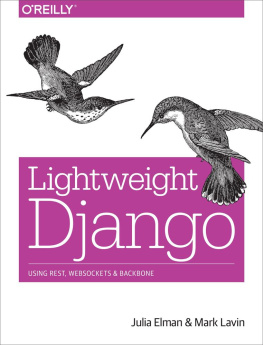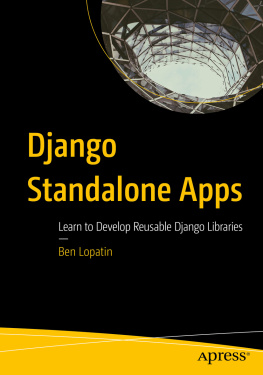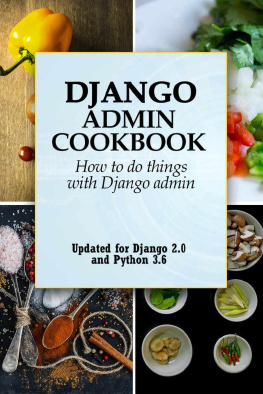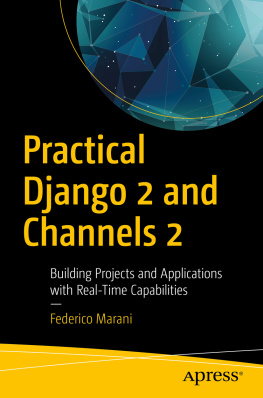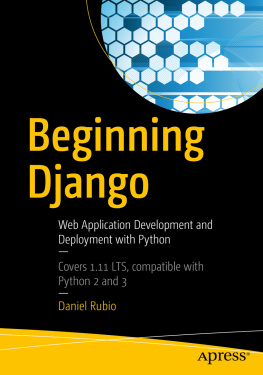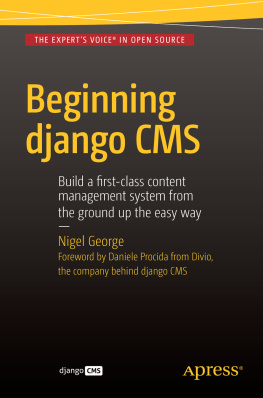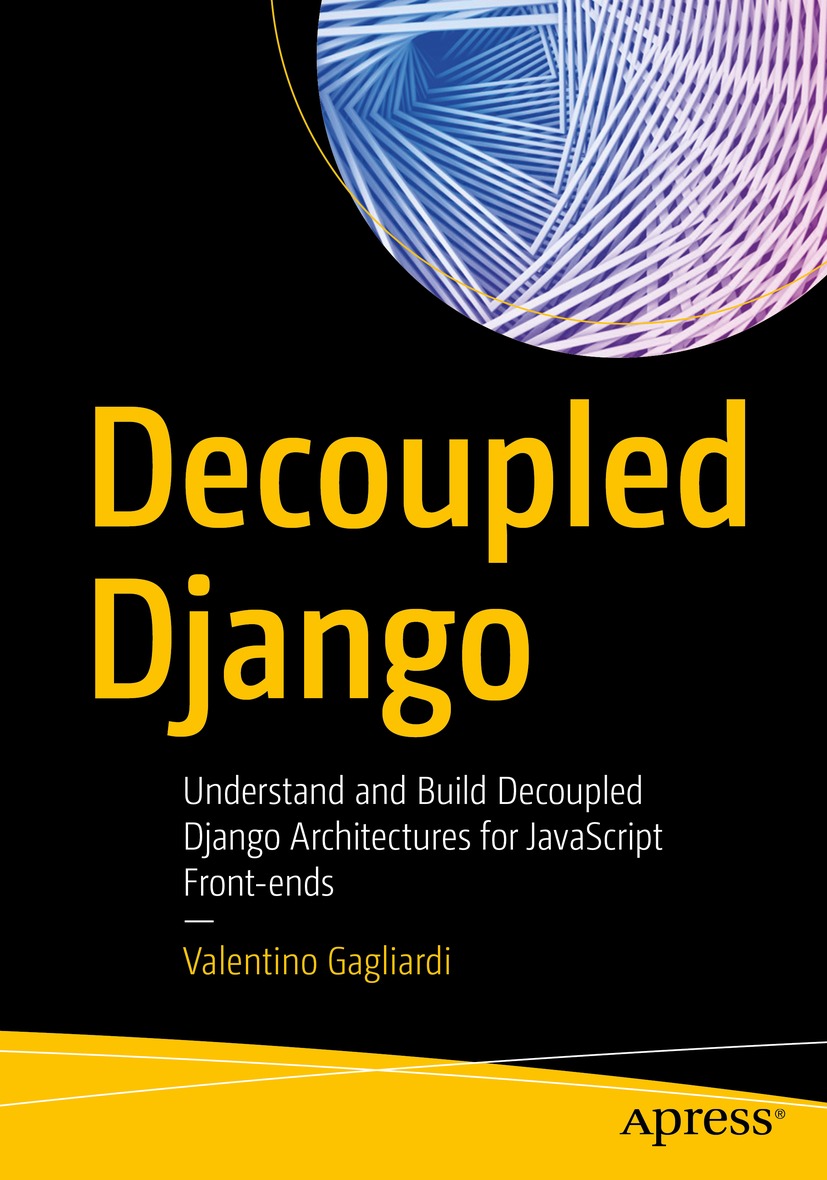Valentino Gagliardi - Decoupled Django: Understand and Build Decoupled Django Architectures for JavaScript Front-ends
Here you can read online Valentino Gagliardi - Decoupled Django: Understand and Build Decoupled Django Architectures for JavaScript Front-ends full text of the book (entire story) in english for free. Download pdf and epub, get meaning, cover and reviews about this ebook. year: 2021, publisher: Apress, genre: Home and family. Description of the work, (preface) as well as reviews are available. Best literature library LitArk.com created for fans of good reading and offers a wide selection of genres:
Romance novel
Science fiction
Adventure
Detective
Science
History
Home and family
Prose
Art
Politics
Computer
Non-fiction
Religion
Business
Children
Humor
Choose a favorite category and find really read worthwhile books. Enjoy immersion in the world of imagination, feel the emotions of the characters or learn something new for yourself, make an fascinating discovery.
- Book:Decoupled Django: Understand and Build Decoupled Django Architectures for JavaScript Front-ends
- Author:
- Publisher:Apress
- Genre:
- Year:2021
- Rating:4 / 5
- Favourites:Add to favourites
- Your mark:
Decoupled Django: Understand and Build Decoupled Django Architectures for JavaScript Front-ends: summary, description and annotation
We offer to read an annotation, description, summary or preface (depends on what the author of the book "Decoupled Django: Understand and Build Decoupled Django Architectures for JavaScript Front-ends" wrote himself). If you haven't found the necessary information about the book — write in the comments, we will try to find it.
Apply decoupling patterns, properly test a decoupled project, and integrate a Django API with React, and Vue.js. This book covers decoupled architectures in Django, with Django REST framework and GraphQL. With practical and simple examples, youll see firsthand how, why, and when to decouple a Django project.
Starting with an introduction to decoupled architectures versus monoliths, with a strong focus on the modern JavaScript scene, youll implement REST and GraphQL APIs with Django, add authentication to a decoupled project, and test the backend. Youll then review functional testing for JavaScript frontends with Cypress. You will also learn how to integrate GraphQL in a Django project, with a focus on the benefits and drawbacks of this new query language.
By the end of this book, you will be able to discern and apply all the different decoupling strategies to any Django project, regardless of its size.
What Youll Learn
- Choose the right approach for decoupling a Django project
- Build REST APIs with Django and a Django REST framework
- Integrate Vue.js and GraphQL in a Django project
- Consume a Django REST API with Next.js
- Test decoupled Django projects
Software developers with basic Django skills keen to learn decoupled architectures with Django. JavaScript developers interested in learning full-stack development and decoupled architectures with Django.
Valentino Gagliardi: author's other books
Who wrote Decoupled Django: Understand and Build Decoupled Django Architectures for JavaScript Front-ends? Find out the surname, the name of the author of the book and a list of all author's works by series.





